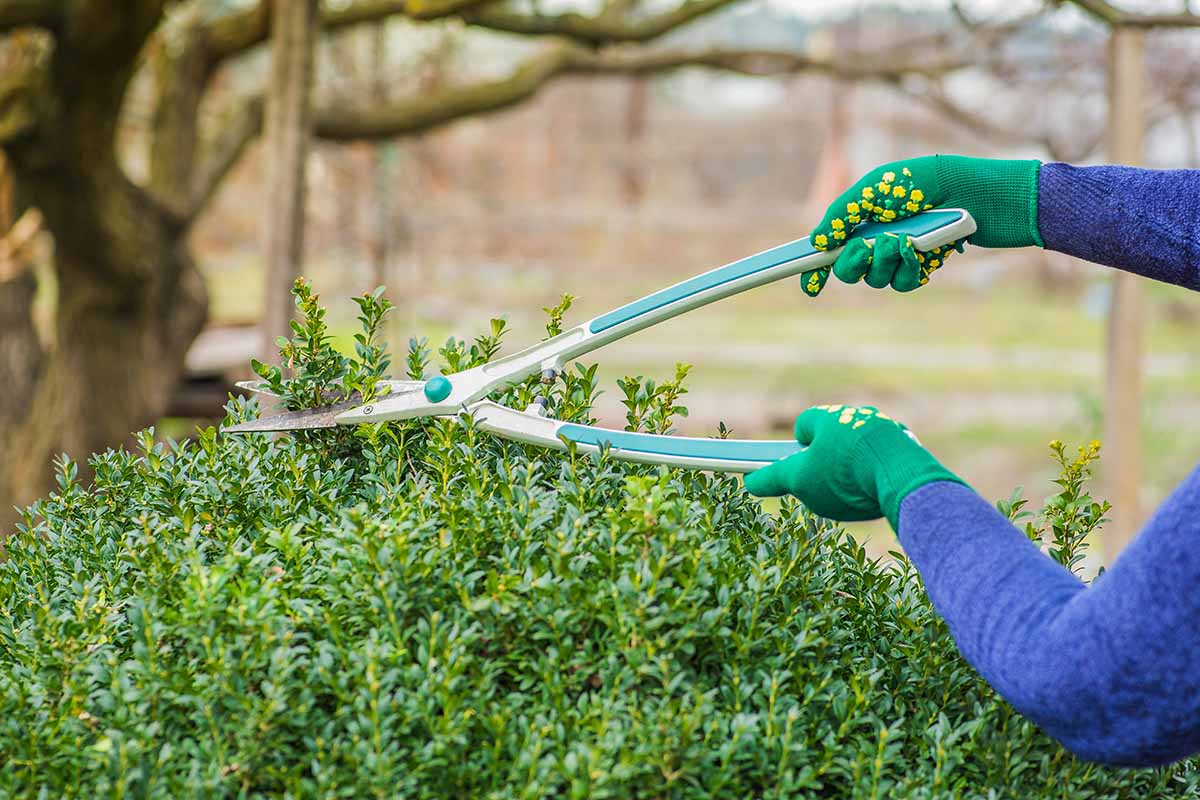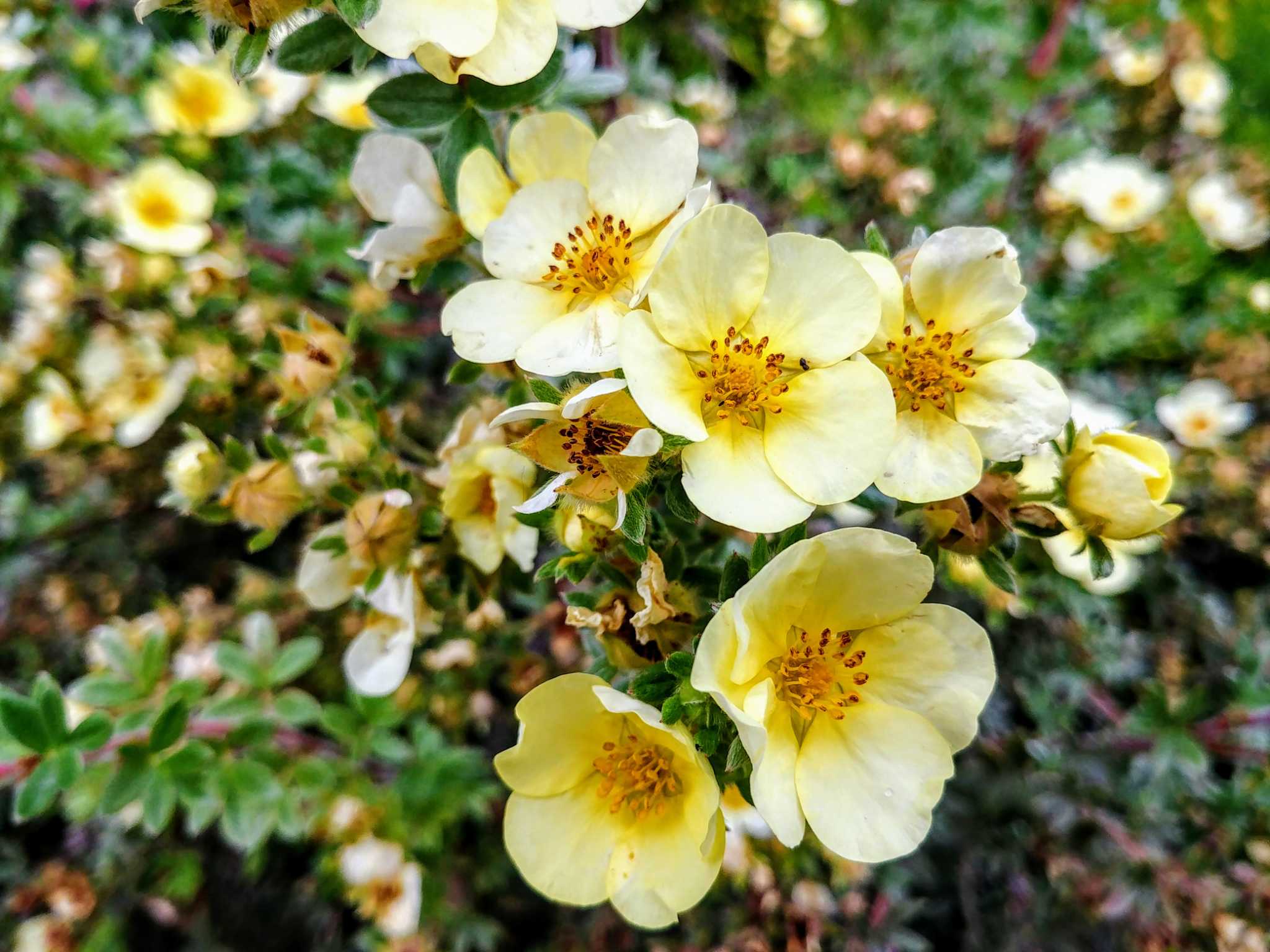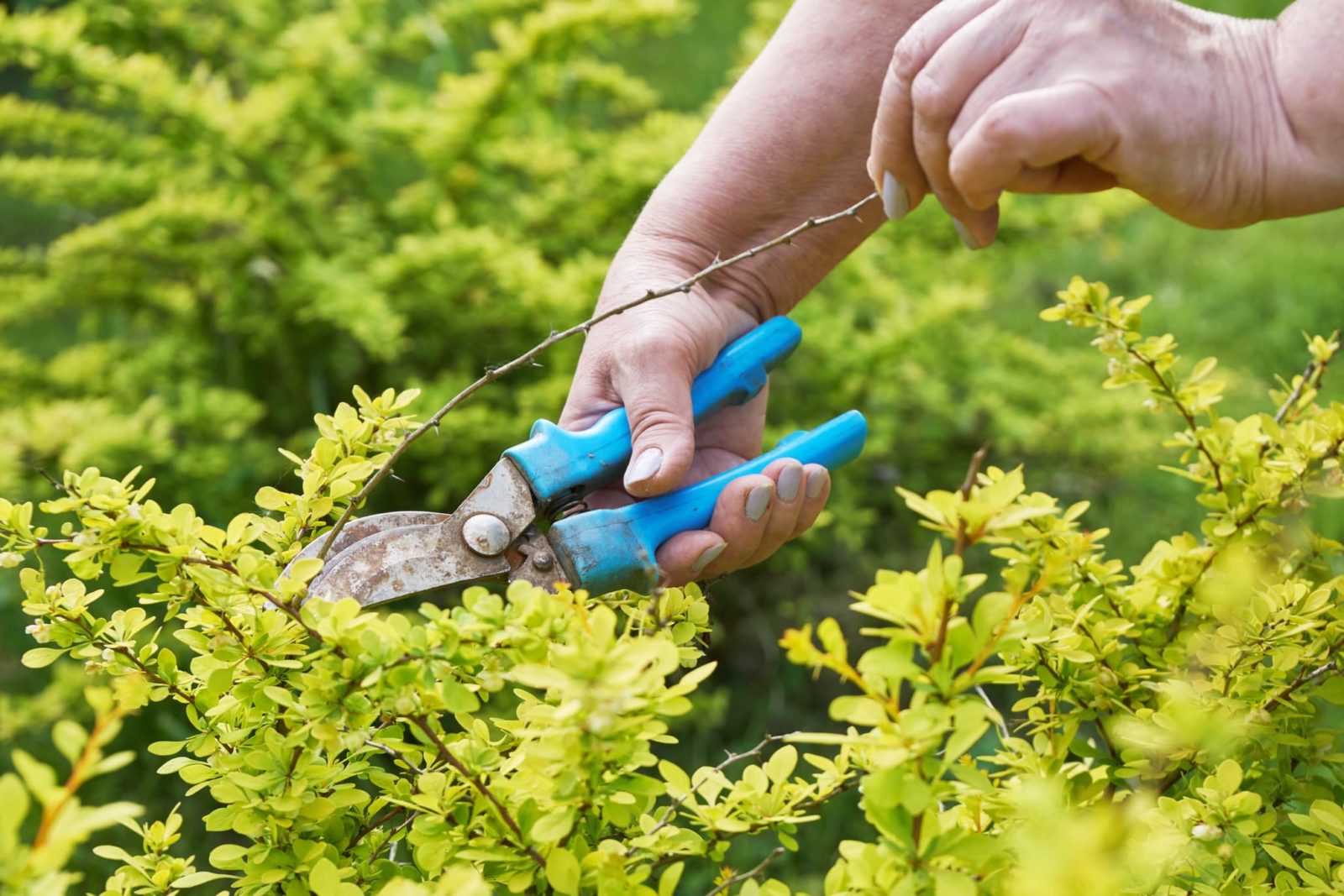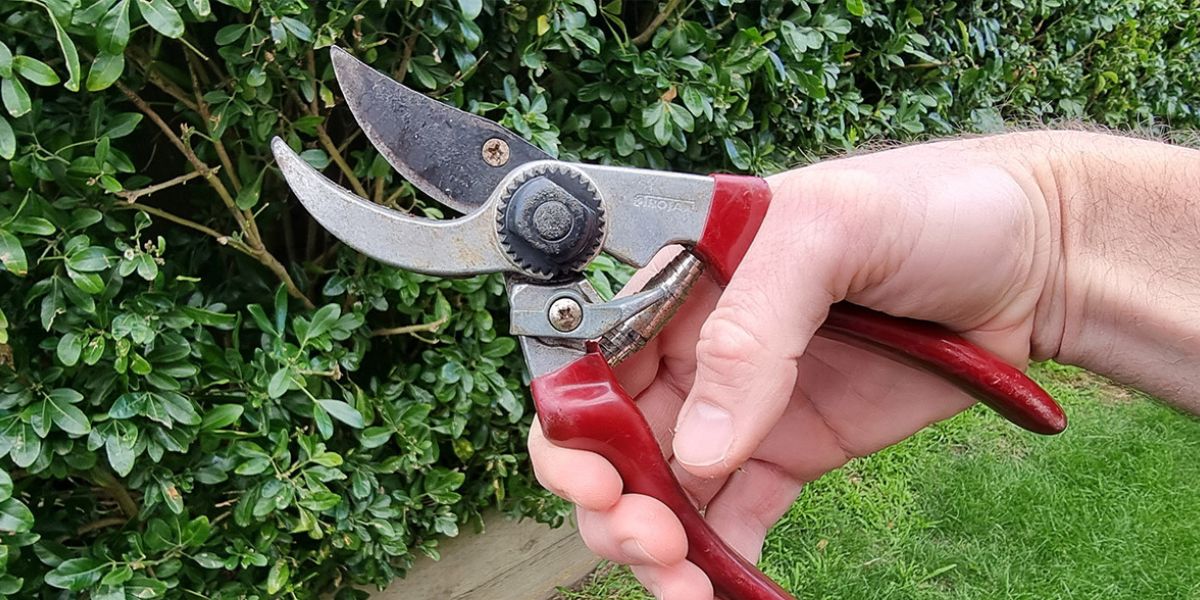Home>Gardening Techniques>Plant Care>How To Prune Lilac Shrubs
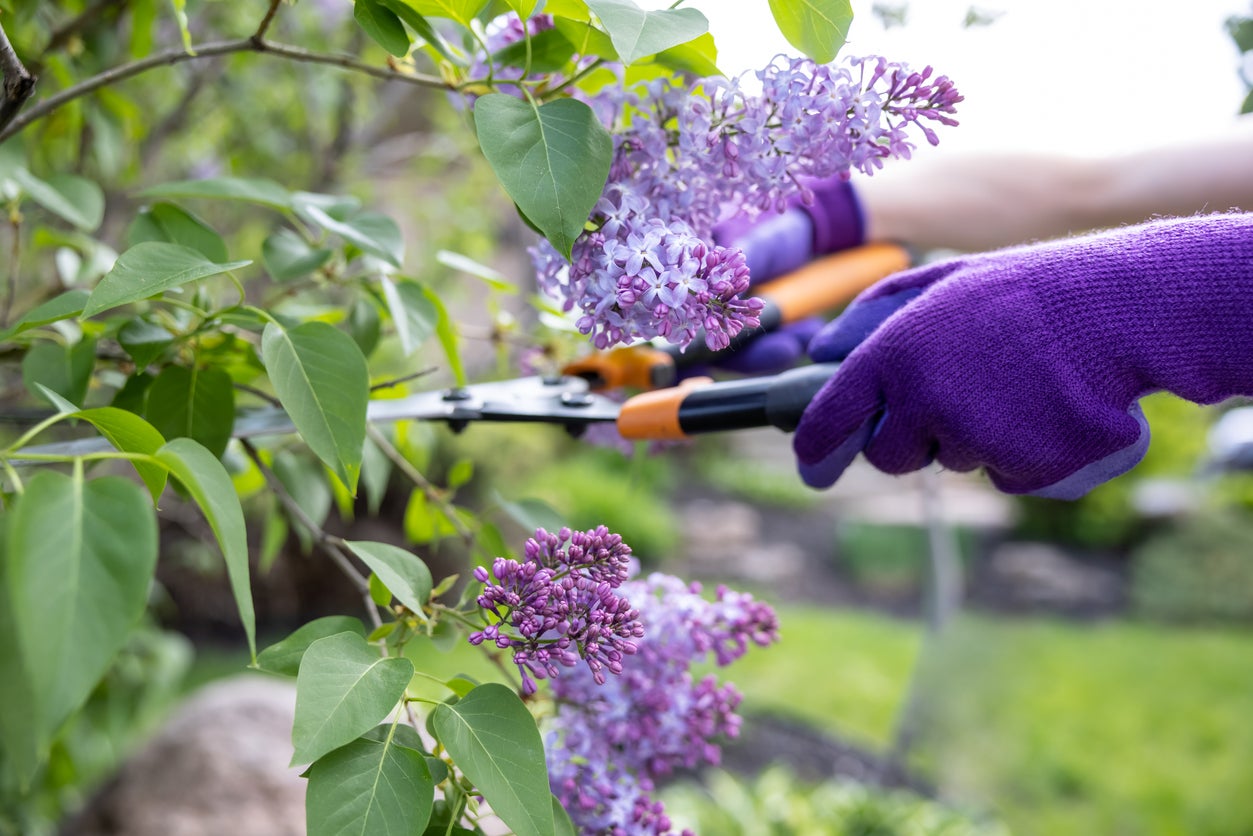

Plant Care
How To Prune Lilac Shrubs
Modified: January 22, 2024
Learn how to care for your lilac shrubs with proper pruning techniques. Enhance their growth and blooming by following these helpful tips on plant care for your lilacs.
(Many of the links in this article redirect to a specific reviewed product. Your purchase of these products through affiliate links helps to generate commission for Chicagolandgardening.com, at no extra cost. Learn more)
Table of Contents
Introduction
Welcome to the wonderful world of lilacs! These stunning flowering shrubs are a favorite among gardeners for their beautiful blooms and captivating fragrance. However, to ensure that your lilac shrubs thrive and continue to dazzle year after year, proper pruning is essential.
Pruning is the process of selectively cutting back certain parts of a plant to control its size, shape, and overall health. When it comes to lilac shrubs, pruning is not only beneficial for aesthetic reasons but also for promoting better blooming and overall vigor. But fear not! Pruning lilac shrubs may seem daunting at first, but with the right techniques and a little know-how, you’ll be able to master this art form.
In this comprehensive guide, we will delve into the world of lilac shrub pruning, exploring the reasons behind it, the best time to prune, the tools you’ll need, proper pruning techniques, and helpful tips to keep your pruned lilac shrubs in excellent condition. Whether you’re a seasoned gardener or just starting your plant care journey, this article will equip you with the knowledge you need to prune your lilac shrubs like a pro.
So, get ready to roll up your sleeves and dive into the wonderful world of pruning lilac shrubs. With a little practice and some TLC, you’ll be rewarded with healthier, more vibrant, and absolutely breathtaking lilac shrubs that will be the envy of every garden lover.
Why Prune Lilac Shrubs?
Pruning lilac shrubs is not just a task for aesthetics; it plays a crucial role in the overall health and productivity of these beautiful flowering plants. Understanding the reasons behind pruning will help you appreciate its significance and guide you in making informed decisions when it comes to caring for your lilac shrubs.
First and foremost, pruning encourages healthy growth. By selectively removing certain branches, you can shape the shrub and direct its energy towards producing new growth and flowers. Proper pruning techniques can help maintain the desired size and shape of the shrub, preventing it from becoming overgrown and sprawling.
Pruning also promotes better air circulation and sunlight penetration throughout the shrub. This is particularly important for lilac shrubs as it minimizes the risk of diseases such as powdery mildew and allows for more uniform blooming. Thinning out dense areas of the shrub helps create space for airflow, reducing humidity and preventing fungal infections.
Another significant reason to prune lilac shrubs is to rejuvenate them. Over time, lilac shrubs can become woody and produce fewer blooms. By pruning back older, unproductive wood, you stimulate the growth of new branches that will yield more flowers. This process revitalizes the shrub, ensuring it remains vigorous and abundant in blossoms.
Pruning also allows you to remove any dead, diseased, or damaged branches. By eliminating these unhealthy parts, you prevent the spread of diseases and pests to the rest of the shrub. Additionally, removing dead wood not only improves the appearance of the shrub but also creates space for new growth and prevents potential hazards.
Lastly, pruning lilac shrubs has the added benefit of providing you with clippings for beautiful floral arrangements. By selectively cutting and shaping the shrub, you can gather fragrant lilac blooms to enjoy indoors, filling your home with their delightful scent.
Now that we understand why pruning lilac shrubs is essential, let’s move on to the next section to discover the best time for this important gardening activity.
When to Prune Lilac Shrubs
Timing is everything when it comes to pruning lilac shrubs. Pruning at the right time ensures that you maximize the growth, blooming, and overall health of your plants. Understanding the correct timing for pruning lilacs is crucial to achieve the desired results.
The general rule of thumb for pruning lilac shrubs is to do so immediately after they have finished blooming. This is typically in late spring or early summer, depending on your specific region and the lilac variety you have. Pruning right after flowering allows the shrub to recover and produce new growth for the next blooming season.
Pruning too early in the spring before blooming can inadvertently remove potential flower buds and diminish the blooming performance for that year. On the other hand, pruning too late in the season might not allow enough time for new growth to emerge and harden before winter sets in.
It’s important to note that different types of lilacs may have slight variations in their preferred pruning time. For example, common lilacs (Syringa vulgaris) and French lilacs (Syringa vulgaris var. alba) are often pruned immediately after flowering. Late lilacs (Syringa villosa) and Preston hybrid lilacs (Syringa x prestoniae) benefit from pruning in early spring before bud break.
If your lilac shrub has become overgrown or neglected and requires more significant rejuvenation pruning, you can consider a more severe pruning in late winter or early spring. This type of rejuvenation pruning involves cutting the lilac shrub back to about one-third of its total height. However, keep in mind that this method may sacrifice blooming for a year or two as the shrub regains its vigor.
Ultimately, observing your lilac shrubs closely and being mindful of their specific variety’s characteristics will help you determine the best time to prune. Take note of when they typically bloom in your area and plan your pruning schedule accordingly.
Now that we’ve covered the optimal timing for pruning lilac shrubs, let’s move on to the tools you’ll need to successfully carry out this task.
Tools Needed for Pruning
Before you embark on pruning your lilac shrubs, it’s essential to gather the right tools to ensure a successful and efficient pruning session. Having the proper tools not only makes the job easier but also helps maintain the health and integrity of the shrub.
Here are the essential tools you’ll need for pruning your lilac shrubs:
- Pruning Shears: Also known as hand pruners or secateurs, pruning shears are a must-have for any pruning task. Look for quality shears that have sharp blades and a comfortable grip. These are ideal for cutting branches up to 1/2 inch in diameter.
- Loppers: For thicker branches, loppers come in handy. These long-handled pruning tools have larger blades and can cut through branches up to 2 inches in diameter. Loppers give you more leverage and reach, allowing you to tackle thicker branches with ease.
- Pruning Saw: In some cases, you may encounter branches that are too thick for loppers. A pruning saw is designed to handle such situations. Look for a pruning saw with a curved or folding blade, as they are easier to maneuver and provide cleaner cuts.
- Gloves: Investing in a good pair of gardening gloves is essential for protecting your hands from thorns, splinters, and other potential hazards while pruning. Choose gloves that are durable, comfortable, and allow for dexterity.
- Sterilizing Solution: To prevent the spread of diseases, it’s important to sterilize your pruning tools before and after each use. A simple solution of rubbing alcohol or a bleach-water mixture can effectively disinfect your tools. Remember to dry them thoroughly before storing.
- Safety Gear: While not necessarily a tool, safety gear is important when pruning. Wear safety glasses or goggles to protect your eyes from flying debris, and consider wearing sturdy, closed-toe shoes to guard against potential injuries from falling branches or tools.
Having these tools readily available will make your pruning experience smoother and more enjoyable. Remember to clean and maintain your tools regularly to ensure their longevity and functionality.
Now that you’re equipped with the necessary tools, let’s dive into the techniques for pruning lilac shrubs.
Pruning Techniques for Lilac Shrubs
Pruning lilac shrubs requires some basic techniques to ensure that you achieve the desired results while maintaining the health and shape of the plant. Proper pruning techniques promote better blooming, rejuvenate the shrub, and maintain its overall vitality. Here are some essential pruning techniques to keep in mind:
- Selective Pruning: When pruning lilac shrubs, it’s important to be selective in the branches you choose to remove. Focus on cutting back any dead, diseased, or damaged wood first, as these can hinder the shrub’s health and growth. Next, thin out any overcrowded branches to improve airflow and light penetration. Finally, trim back any branches that are crossing or rubbing against each other to prevent damage and create a more pleasing shape.
- Clean Cuts: Always make clean, precise cuts when pruning lilac shrubs. Use sharp pruning shears or loppers to ensure clean cuts that facilitate proper healing. Avoid leaving jagged edges or tearing the bark, as this can invite diseases and pests. Angle your cuts just above a bud or lateral branch, aiming for a 45-degree angle to promote new growth.
- Avoid Overpruning: While it’s important to prune lilac shrubs to maintain their shape and health, avoid overpruning. Removing too much foliage can stress the plant and lead to reduced blooming. Aim for a balance, removing no more than one-third of the shrub’s total growth per pruning session.
- Fading Flowerheads: To encourage the best blooming performance, it’s recommended to remove the faded flowerheads after the lilac shrub has finished blooming. This process, known as deadheading, diverts the plant’s energy away from seed production and redirects it towards new growth and potential blooms for the following year.
- Annual Maintenance Pruning: In addition to selective pruning, lilac shrubs benefit from annual maintenance pruning. Consider lightly pruning your lilac shrubs each year to maintain their desired shape, control their size, and encourage healthy growth. This can be done immediately after blooming or during the late winter or early spring before new growth begins.
Remember to step back and assess the overall shape and appearance of your lilac shrub as you prune. Aim for an open, balanced structure that allows air and light to reach all parts of the plant.
Now that you’re familiar with the main pruning techniques, let’s move on to a step-by-step guide on how to prune your lilac shrubs.
Step-by-Step Guide to Pruning Lilac Shrubs
Pruning lilac shrubs may seem intimidating, but with a step-by-step approach, you’ll be able to confidently trim and shape your plants. Follow this guide to ensure a successful pruning session for your lilac shrubs:
- Inspect the shrub: Begin by closely examining your lilac shrub. Look for dead, diseased, or damaged branches that need to be removed. Take note of any crossing branches or areas of overcrowding that should be thinned out.
- Prepare your tools: Ensure that your pruning shears, loppers, and any other necessary tools are clean and sharp. Sterilize them using rubbing alcohol or a bleach-water solution to prevent the spread of diseases.
- Start with selective pruning: Begin by selectively removing dead, diseased, or damaged branches. Make clean cuts just above a bud or a lateral branch, angling the cut away from the bud.
- Thin out crowded areas: Identify areas where branches are crossing or rubbing against each other. Remove the weaker or less desirable branch to improve airflow and prevent damage. Aim to create a more open structure within the shrub.
- Shape the shrub: Step back and assess the overall shape of the shrub. Trim any branches that are extending beyond the desired shape or size of the lilac shrub. Aim for a balanced, symmetrical appearance.
- Consider rejuvenation pruning: If your lilac shrub is overgrown or underperforming, you may opt for rejuvenation pruning. This involves cutting back one-third of the shrub’s total growth, focusing on removing the older, unproductive wood. Note that this method may sacrifice blooming for a year or two as the shrub regains its vigor.
- Remove faded flowerheads: After the lilac shrub has finished blooming, it’s beneficial to deadhead the faded flowerheads. This redirects the plant’s energy towards new growth and potential blooms for the following year. Cut just above a set of leaves or a lateral branch.
- Clean up: Once you’ve finished pruning, clean up any debris and dispose of it properly. This helps prevent the spread of diseases and pests that may be harbored in the discarded material.
Remember, it’s always a good idea to reference specific pruning guidelines for your lilac shrub variety as they may have unique characteristics and requirements.
Now that you’ve successfully pruned your lilac shrubs, let’s explore some common mistakes to avoid during the pruning process.
Common Mistakes to Avoid When Pruning Lilac Shrubs
Pruning lilac shrubs requires careful attention and knowledge to ensure that you don’t inadvertently harm the plant or diminish its blooming potential. Here are some common mistakes to avoid when pruning your lilac shrubs:
- Pruning at the wrong time: Timing is crucial when pruning lilac shrubs. Pruning too early in the spring before blooming can remove potential flower buds, while pruning too late in the season may not give the shrub enough time to recover before winter. Stick to pruning immediately after flowering for the best results.
- Overpruning: It’s important to strike a balance when pruning lilac shrubs. Avoid removing more than one-third of the shrub’s total growth in one pruning session. Overpruning can stress the plant, lead to reduced blooming, and interfere with its overall health and vigor.
- Incorrect pruning cuts: Make sure to make clean, precise cuts when pruning lilac shrubs. Jagged or torn cuts can create openings for diseases and pests to enter. Cut just above a bud or lateral branch, at a 45-degree angle, to promote new growth and discourage water from pooling on the cut surface.
- Removing too much foliage: While it may be tempting to remove a significant amount of foliage to achieve a desired shape or size, it’s important to remember that foliage plays a critical role in the overall health and blooming of the shrub. Avoid excessive foliage removal, as it can stress the plant and result in reduced blooming.
- Ignoring diseased or damaged branches: When pruning lilac shrubs, it’s important to identify and remove any dead, diseased, or damaged branches. Ignoring these branches can lead to the spread of diseases and pests throughout the shrub. Take the time to inspect the shrub thoroughly and remove any compromised branches.
- Pruning too aggressively: While rejuvenation pruning can be beneficial for overgrown or underperforming lilac shrubs, it’s important not to prune too aggressively all at once. Removing too much of the shrub’s growth can shock the plant and result in a prolonged period of reduced blooming.
- Improper disposal of pruned material: Dispose of the pruned branches and debris properly to prevent the spread of diseases. Avoid leaving them on the ground near the lilac shrubs, as this can harbor pests and encourage fungal infections. Consider composting or disposing of the material in your green waste bin.
By avoiding these common pruning mistakes, you’ll be able to maintain the health, shape, and blooming potential of your lilac shrubs. Remember to approach pruning with care and precision, and don’t hesitate to seek additional guidance if needed.
Now that you’re aware of these common mistakes, let’s explore how to maintain pruned lilac shrubs for long-lasting beauty.
Maintaining Pruned Lilac Shrubs
Once you’ve pruned your lilac shrubs, it’s important to provide ongoing care and maintenance to ensure their continued health, vigor, and beauty. Here are some essential maintenance tips to keep your pruned lilac shrubs thriving:
- Watering: Proper watering is crucial for the overall health of your lilac shrubs. While they are relatively drought-tolerant, a consistent supply of water is necessary, especially during hot and dry periods. Water deeply, providing enough moisture to penetrate the root zone. Avoid overwatering, as this can lead to root rot.
- Fertilizing: Lilac shrubs benefit from a balanced fertilizer application in early spring. Use a slow-release fertilizer specifically formulated for shrubs or flowering plants. Follow the manufacturer’s instructions regarding application rates and methods. Avoid excessive fertilization, as it can lead to excessive foliage growth at the expense of blooming.
- Pruning Maintenance: Regular maintenance pruning is important to keep your lilac shrubs in shape and to maintain their desired size. Lightly prune annually, immediately after flowering, to remove any dead, diseased, or damaged wood, as well as to shape and thin out the shrub as needed.
- Pest and Disease Control: Monitor your lilac shrubs for any signs of pests or diseases. Common issues include aphids, powdery mildew, and lilac borers. Promptly address any infestations or diseases through appropriate treatment methods, such as using insecticidal soaps or horticultural oils for pests and fungicides for fungal diseases.
- Mulching: Apply a layer of organic mulch around the base of your lilac shrubs to help conserve moisture, suppress weed growth, and moderate soil temperature. Use organic materials such as wood chips or shredded bark, keeping the mulch a few inches away from the trunk to prevent excessive moisture buildup and potential rot.
- Monitor Growth and Blooming: Keep an eye on the growth and blooming patterns of your lilac shrubs. If you notice reduced blooming or overall decline, it may be a sign of nutrient deficiencies or other underlying issues. Adjust your care routine accordingly or seek professional advice if needed.
- Seasonal Pruning: Each year, after the lilac shrubs have finished blooming, remove any faded flowerheads to redirect the plant’s energy. Additionally, monitor the shrubs’ growth throughout the season, performing minor pruning as necessary to maintain their desired shape and size.
By following these maintenance practices, you’ll ensure that your pruned lilac shrubs remain healthy, vibrant, and a source of beauty in your garden. Regular care and attention will contribute to their long-term success.
Now that you’re equipped with the knowledge to maintain your pruned lilac shrubs, let’s wrap up and reflect on the key points we’ve covered.
Conclusion
Congratulations! You have now learned the ins and outs of pruning lilac shrubs. Armed with the knowledge of why, when, and how to prune, as well as the essential tools needed, you are well-equipped to take care of your lilac shrubs with confidence.
Remember that pruning lilac shrubs is not just about aesthetics; it plays a crucial role in their health and blooming potential. With selective pruning, clean cuts, and proper maintenance, you can shape and rejuvenate your lilac shrubs, promoting better airflow, sunlight penetration, and overall vitality.
Be mindful of common mistakes to avoid, such as pruning at the wrong time, overpruning, and improper pruning cuts. By keeping these in mind, you’ll ensure that your lilac shrubs stay healthy and continue to bless you with their gorgeous blooms year after year.
Regular maintenance, including proper watering, fertilizing, and monitoring for pests and diseases, is essential for the ongoing health of your pruned lilac shrubs. Don’t forget to perform annual maintenance pruning and monitor their growth and blooming patterns to make adjustments as needed.
Lastly, always be attentive to the specific characteristics of your lilac shrub variety. They may have unique pruning requirements, and understanding their growing habits will further enhance your pruning techniques.
So go ahead, put on your gardening gloves, grab your pruning shears, and embark on this rewarding journey of pruning lilac shrubs. By implementing the techniques and suggestions outlined in this article, you’ll be able to create and maintain stunning lilac shrubs that will be the envy of any garden.
Happy pruning!



